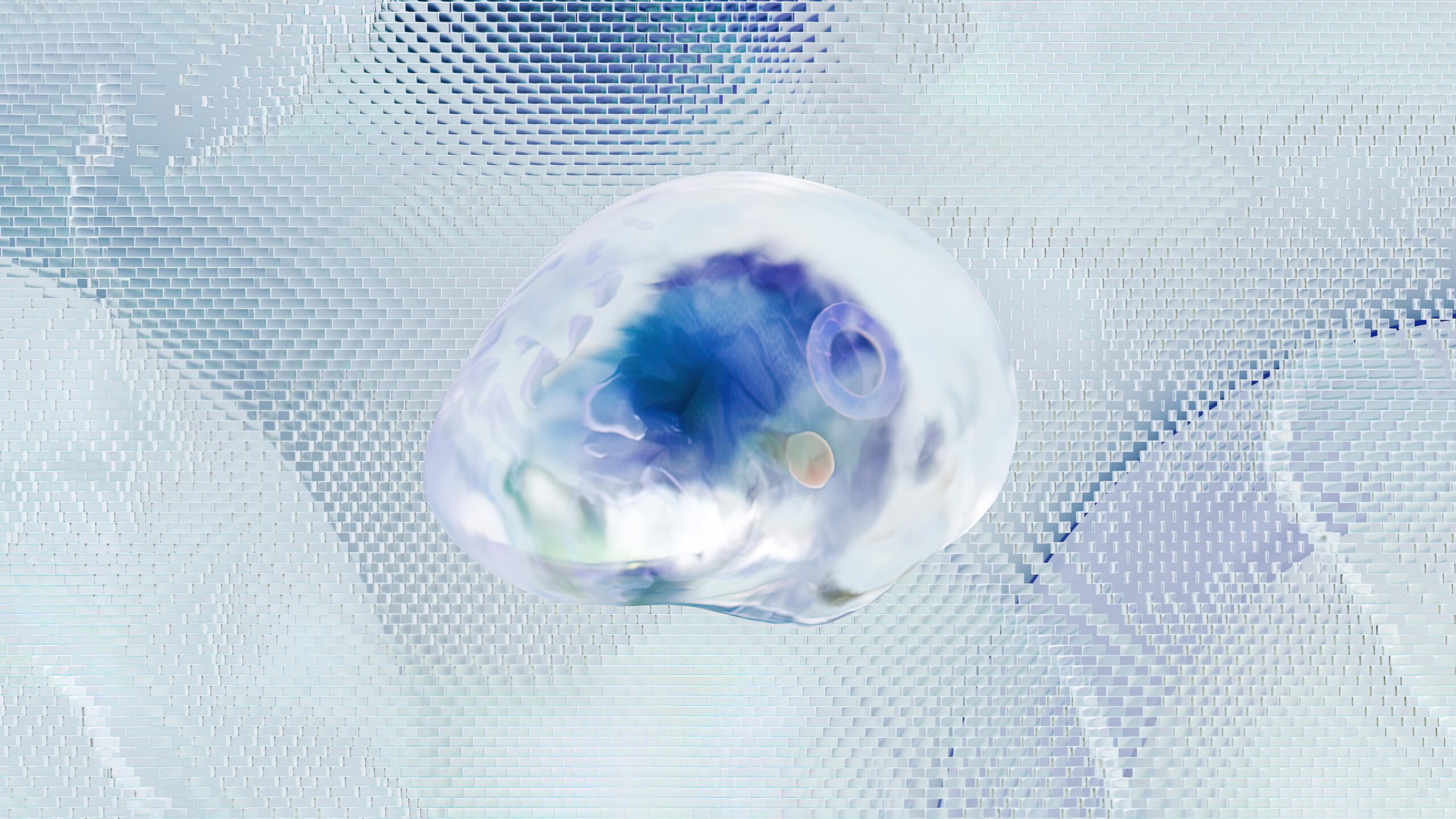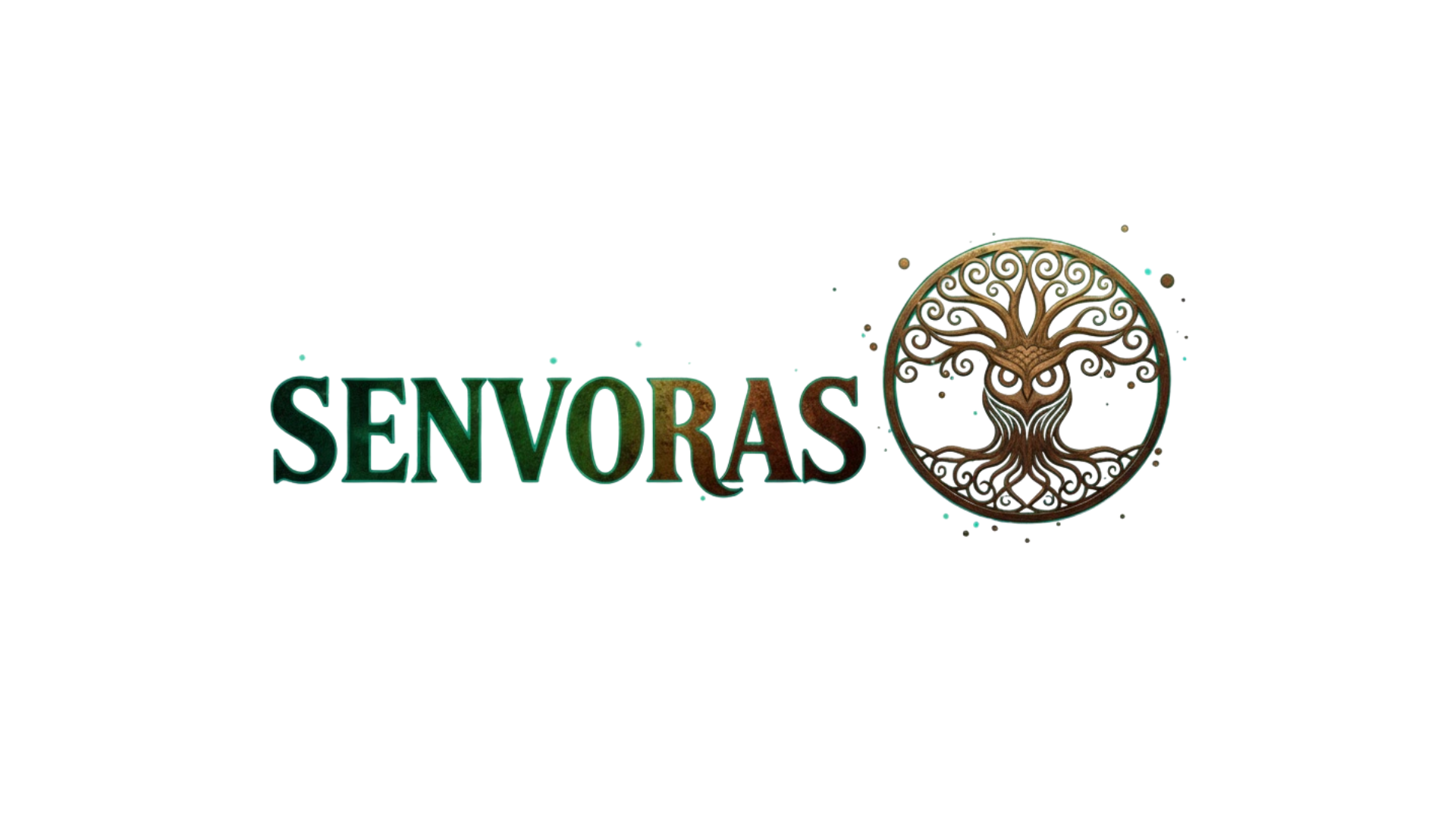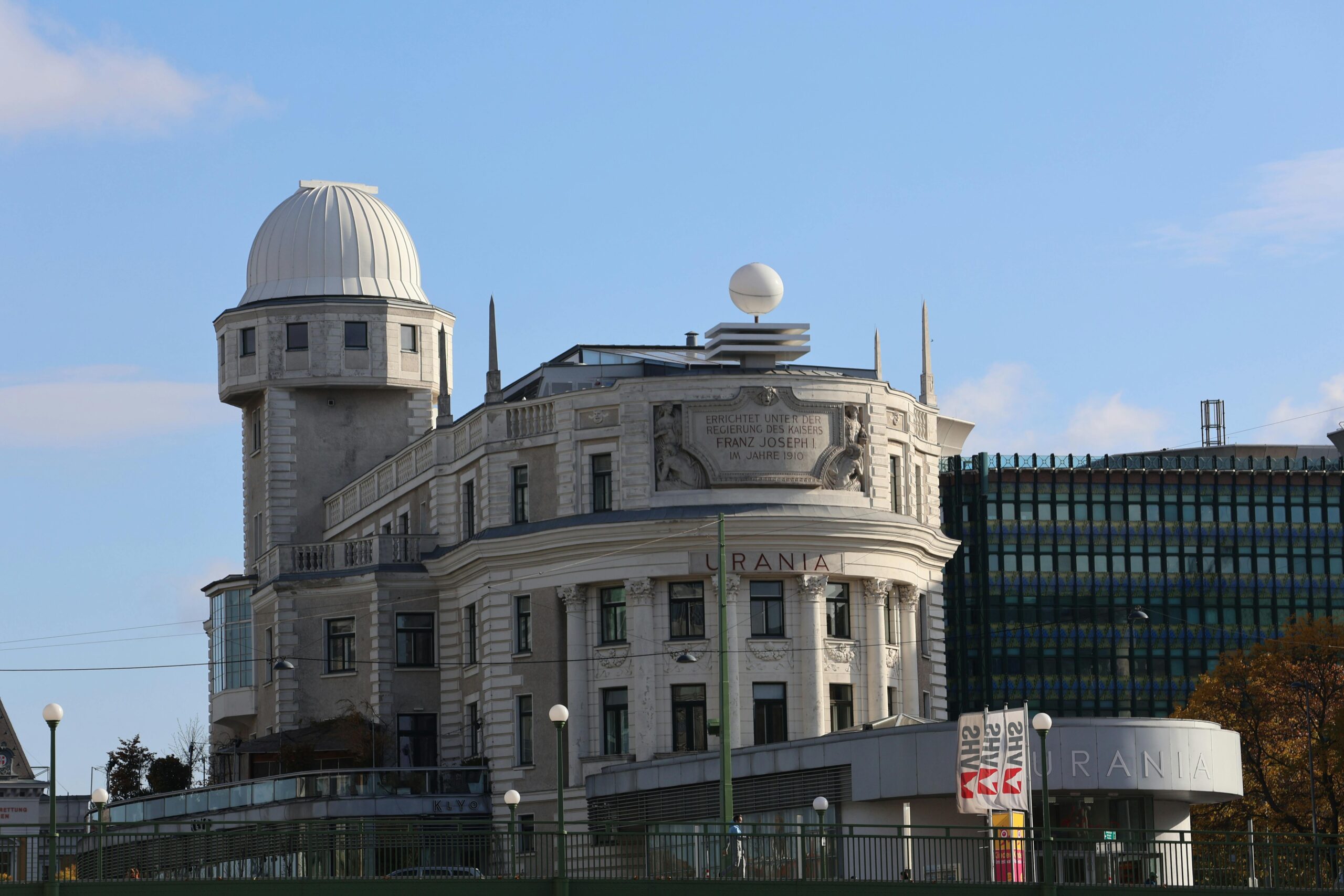The human brain, once thought irreparable, is now at the center of revolutionary scientific breakthroughs that promise to rewrite our understanding of neural recovery.
🧠 The Dawn of a New Era in Brain Science
For decades, the scientific community operated under a sobering assumption: once brain cells died, they were gone forever. This belief shaped medical approaches to neurological diseases, stroke recovery, and traumatic brain injuries. However, recent discoveries have shattered this paradigm, revealing that the brain possesses remarkable regenerative capabilities that we are only beginning to understand and harness.
Neuroregeneration represents one of the most exciting frontiers in modern medicine. From stem cell therapies to bioelectrical stimulation, researchers are developing innovative approaches that could transform the lives of millions suffering from neurodegenerative diseases, spinal cord injuries, and age-related cognitive decline. The implications extend far beyond treating disease—they touch on fundamental questions about human potential, consciousness, and what it means to heal.
Understanding Neuroplasticity: The Brain’s Hidden Superpower
Before diving into cutting-edge regeneration techniques, it’s essential to appreciate the brain’s inherent adaptive capacity. Neuroplasticity—the brain’s ability to reorganize itself by forming new neural connections—serves as the foundation for all regenerative approaches. This remarkable feature allows neurons to compensate for injury and adjust their activities in response to new situations or environmental changes.
Research conducted over the past two decades has revealed that neuroplasticity remains active throughout our entire lives, not just during childhood as previously believed. This discovery has profound implications for recovery from brain injuries and the treatment of neurological disorders. The brain can reroute neural pathways, strengthen existing connections, and even generate new neurons in specific regions through a process called neurogenesis.
Key Mechanisms Driving Neural Adaptation
The brain employs several sophisticated mechanisms to adapt and repair itself. Synaptic plasticity involves strengthening or weakening the connections between neurons based on activity levels. Long-term potentiation enhances signal transmission between neurons that fire together repeatedly, while long-term depression weakens underused connections. This dynamic pruning and strengthening process allows the brain to optimize its neural networks continuously.
Structural plasticity represents a more dramatic form of adaptation, where the brain physically alters its structure by growing new connections or eliminating old ones. This process occurs in response to learning, environmental enrichment, and rehabilitation efforts following injury. Understanding these mechanisms provides crucial insights into designing effective neuroregeneration therapies.
🔬 Stem Cells: The Building Blocks of Brain Repair
Stem cell therapy has emerged as one of the most promising approaches to neuroregeneration. These remarkable cells possess the unique ability to differentiate into various cell types, including neurons, astrocytes, and oligodendrocytes—the essential components of brain tissue. Researchers are exploring multiple stem cell sources and delivery methods to optimize therapeutic outcomes.
Neural stem cells, found naturally in specific brain regions like the hippocampus and subventricular zone, can generate new neurons throughout life. Scientists are learning to stimulate these endogenous stem cells to enhance their regenerative activity. Additionally, induced pluripotent stem cells (iPSCs) created from adult cells offer the potential for personalized neuroregeneration therapies without the ethical concerns associated with embryonic stem cells.
Clinical Applications and Current Progress
Several clinical trials are currently investigating stem cell therapies for conditions ranging from stroke to Parkinson’s disease. Early results show promising improvements in motor function, cognitive abilities, and quality of life for patients with previously untreatable conditions. In stroke recovery, stem cells appear to promote neural repair by reducing inflammation, protecting surviving neurons, and stimulating new blood vessel formation alongside neurogenesis.
For neurodegenerative diseases like Alzheimer’s and Parkinson’s, stem cell approaches aim to replace lost neurons and restore neural circuits. While significant challenges remain—including ensuring cell survival, proper integration, and functional connectivity—the progress achieved in recent years offers genuine hope for millions of patients worldwide.
Bioelectrical Stimulation: Rewiring the Brain’s Electrical Network
The brain operates as an extraordinarily complex electrical network, with billions of neurons communicating through electrical and chemical signals. Harnessing this electrical nature has opened new avenues for neuroregeneration. Techniques like deep brain stimulation (DBS), transcranial magnetic stimulation (TMS), and transcranial direct current stimulation (tDCS) are showing remarkable potential in treating various neurological conditions and enhancing recovery.
Deep brain stimulation involves surgically implanting electrodes in specific brain regions to deliver controlled electrical pulses. Originally developed for Parkinson’s disease, DBS has expanded to treat depression, obsessive-compulsive disorder, and epilepsy. The precise mechanisms remain under investigation, but evidence suggests that DBS modulates abnormal neural activity patterns and promotes adaptive plasticity.
Non-Invasive Stimulation Techniques
Non-invasive brain stimulation methods offer the advantage of avoiding surgery while still influencing neural activity. Transcranial magnetic stimulation uses magnetic fields to induce electrical currents in targeted brain regions, showing effectiveness in treating depression and enhancing stroke recovery. The therapy appears to promote neuroplasticity by strengthening beneficial neural pathways while weakening maladaptive ones.
Transcranial direct current stimulation applies weak electrical currents through scalp electrodes to modulate neuronal excitability. This affordable, portable approach has demonstrated benefits in cognitive enhancement, motor learning, and rehabilitation following brain injury. Researchers are continually refining stimulation parameters to optimize outcomes and expand applications.
💊 Pharmacological Approaches: Chemical Catalysts for Regeneration
While physical and cellular therapies capture much attention, pharmacological interventions play a crucial role in supporting neuroregeneration. Scientists are identifying compounds that promote neural growth, protect neurons from damage, and create favorable environments for repair. These medications work through various mechanisms, from stimulating growth factor production to reducing inflammatory responses that impede recovery.
Neurotrophic factors—proteins that support neuron survival and growth—represent particularly promising therapeutic targets. Brain-derived neurotrophic factor (BDNF) enhances synaptic plasticity, supports neurogenesis, and protects neurons from injury. Researchers are developing ways to boost BDNF levels pharmacologically or through gene therapy to accelerate brain repair.
Emerging Drug Candidates and Natural Compounds
Several pharmaceutical companies are advancing drugs specifically designed to promote neuroregeneration. Some compounds target cellular cleanup mechanisms, removing damaged proteins that accumulate in neurodegenerative diseases. Others focus on stimulating remyelination—the repair of protective myelin sheaths around nerve fibers that becomes damaged in conditions like multiple sclerosis.
Natural compounds are also garnering scientific interest. Curcumin, resveratrol, and omega-3 fatty acids demonstrate neuroprotective properties and may support regenerative processes. While these substances typically produce more modest effects than pharmaceutical agents, they offer accessible options for supporting brain health with fewer side effects. Research continues to identify optimal dosages and delivery methods to maximize their therapeutic potential.
Gene Therapy: Rewriting the Neural Code
Gene therapy represents perhaps the most futuristic approach to neuroregeneration, offering the potential to address the root causes of neurological diseases by modifying genetic instructions. This technique involves delivering genetic material into cells to replace defective genes, introduce protective factors, or suppress harmful processes. Recent advances in gene-editing technologies like CRISPR-Cas9 have dramatically expanded possibilities in this field.
For inherited neurological disorders, gene therapy could provide curative treatments by correcting genetic mutations that cause disease. In acquired conditions like stroke or traumatic brain injury, gene therapy might deliver instructions for producing growth factors, anti-inflammatory molecules, or other proteins that facilitate repair. Viral vectors—modified viruses that don’t cause disease—serve as delivery vehicles, efficiently transporting genetic material into target neurons.
Overcoming Technical and Ethical Challenges
Despite tremendous promise, gene therapy faces significant hurdles. Ensuring precise targeting of specific brain regions, achieving sufficient gene expression levels, and maintaining long-term therapeutic effects require continued refinement. Safety concerns, including potential immune responses and off-target effects, demand rigorous testing and monitoring.
Ethical considerations also warrant careful attention, particularly as technologies advance toward heritable genetic modifications. Establishing appropriate regulatory frameworks and ensuring equitable access to these potentially transformative therapies represent critical challenges that society must address as the field progresses.
🌟 Biomaterials and Tissue Engineering: Building Neural Scaffolds
Tissue engineering approaches complement cellular therapies by providing physical structures that support neural regeneration. Biomaterial scaffolds—carefully designed three-dimensional frameworks—can guide cell growth, deliver therapeutic factors, and replace damaged tissue. These materials must meet exacting requirements: biocompatibility, appropriate mechanical properties, and degradation rates that match tissue formation.
Hydrogels, composed primarily of water held within polymer networks, closely mimic the brain’s natural environment and show particular promise. Researchers can engineer these materials to release growth factors gradually, present chemical cues that direct cell behavior, and provide physical support during tissue formation. Some designs incorporate electrical conductivity to support the electrical signaling essential for neural function.
Organoids and Advanced 3D Models
Brain organoids—miniature three-dimensional organ-like structures grown from stem cells—represent a revolutionary tool for studying neuroregeneration and testing therapies. These “mini-brains” recapitulate key aspects of brain development and organization, providing unprecedented opportunities to investigate disease mechanisms and screen potential treatments in human-derived tissue.
While organoids don’t replicate full brain complexity, they offer significant advantages over traditional cell culture and animal models. Researchers can create patient-specific organoids carrying disease-related genetic variants, enabling personalized medicine approaches and reducing reliance on animal testing. As organoid technology advances, it will increasingly inform regenerative strategy development.
Lifestyle Factors: Everyday Actions That Support Brain Regeneration
While cutting-edge medical technologies capture headlines, mounting evidence demonstrates that lifestyle factors profoundly influence the brain’s regenerative capacity. Exercise, diet, sleep, stress management, and cognitive engagement all modulate neuroplasticity and neurogenesis. These accessible interventions complement medical treatments and offer everyone opportunities to support their brain health proactively.
Physical exercise stands out as particularly powerful. Aerobic activity increases BDNF production, enhances blood flow to the brain, promotes neurogenesis in the hippocampus, and reduces inflammation. Studies show that regular exercise improves cognitive function across the lifespan and may reduce dementia risk. The benefits extend beyond cardiovascular exercise—resistance training and mind-body practices like yoga also demonstrate positive effects on brain health.
Nutrition and Brain Regeneration
Dietary patterns significantly impact neural health and regenerative capacity. Mediterranean and MIND diets, rich in vegetables, fruits, whole grains, fish, and healthy fats, associate with better cognitive outcomes and reduced neurodegeneration risk. Specific nutrients deserve attention: omega-3 fatty acids support membrane function and reduce inflammation, while antioxidants combat oxidative stress that damages neurons.
Emerging research explores intermittent fasting and caloric restriction as strategies to boost brain resilience. These approaches appear to activate cellular stress response pathways that enhance neuronal maintenance and repair. While more research is needed to establish optimal protocols, the evidence suggests that when and how we eat matters for brain health, not just what we consume.
🚀 Future Horizons: What’s Coming Next in Neuroregeneration
The pace of progress in neuroregeneration research continues to accelerate, with several emerging technologies poised to transform the field further. Artificial intelligence and machine learning are revolutionizing how researchers analyze complex brain data, identify therapeutic targets, and personalize treatment approaches. AI algorithms can detect subtle patterns in neuroimaging data that predict treatment responses, enabling more precise intervention selection.
Nanotechnology offers possibilities for unprecedented precision in drug delivery and neural repair. Nanoparticles can cross the blood-brain barrier—a major obstacle in treating neurological diseases—and deliver therapeutics directly to target cells. Some researchers envision “smart” nanodevices that could monitor neural activity, release drugs on demand, or even perform repairs at the cellular level.
Brain-Computer Interfaces and Neural Prosthetics
Brain-computer interfaces (BCIs) are evolving from assistive devices to potential regenerative tools. By providing direct communication pathways between the brain and external devices, BCIs can restore lost functions and may actually promote neural reorganization. Studies suggest that using BCIs for rehabilitation after stroke or spinal cord injury enhances recovery beyond what the devices provide directly, potentially by reinforcing beneficial neural pathways.
Neural prosthetics—artificial devices that replace or supplement nervous system functions—are becoming increasingly sophisticated. From cochlear implants that restore hearing to retinal implants that provide vision, these technologies demonstrate the feasibility of interfacing with neural tissue. Future iterations may integrate more seamlessly with biological systems, potentially stimulating natural repair processes while providing immediate functional restoration.
Integrating Multiple Approaches: The Power of Combination Therapies
As individual neuroregeneration strategies mature, researchers increasingly recognize that combining multiple approaches may yield superior results. The brain’s complexity suggests that comprehensive repair requires addressing multiple factors simultaneously: replacing lost cells, protecting surviving neurons, reducing inflammation, promoting plasticity, and providing appropriate rehabilitation stimuli.
Clinical trials are beginning to test combination therapies that integrate stem cells with growth factors, pair brain stimulation with physical rehabilitation, or combine pharmacological agents with lifestyle modifications. Early results suggest synergistic effects, with combined approaches producing outcomes that exceed the sum of individual treatments. Determining optimal combinations and treatment sequences represents an important research priority moving forward.
🎯 Personalized Neuroregeneration: Tailoring Treatments to Individuals
The future of neuroregeneration lies not in one-size-fits-all solutions but in personalized approaches that account for individual genetic profiles, disease characteristics, and lifestyle factors. Advances in genomics, neuroimaging, and biomarker analysis enable increasingly precise patient stratification and treatment customization. This precision medicine approach promises to maximize therapeutic benefits while minimizing risks and costs.
Genetic testing can identify variants that influence treatment responses, disease progression, and regenerative capacity. Neuroimaging techniques reveal individual patterns of brain damage and remaining functional networks, informing targeted intervention strategies. Blood-based biomarkers may eventually allow monitoring of regenerative processes in real-time, enabling dynamic treatment adjustments.
As these technologies converge, clinicians will possess unprecedented ability to predict which patients will benefit most from specific therapies and to optimize treatment protocols for each individual. This personalized approach represents a fundamental shift from empirical trial-and-error methods toward rational, data-driven therapeutic decision-making.
Bridging the Gap: From Laboratory to Clinic
Despite remarkable scientific progress, translating laboratory discoveries into accessible clinical treatments remains challenging. Regulatory pathways for novel regenerative therapies are complex, requiring extensive safety and efficacy data. The costs of developing and delivering these sophisticated treatments can be substantial, raising concerns about accessibility and healthcare equity.
Collaborative efforts among researchers, clinicians, regulatory agencies, and patient advocates are essential for accelerating translation while maintaining appropriate safety standards. Adaptive clinical trial designs, which allow modifications based on accumulating data, may expedite development timelines. Public-private partnerships can help distribute development costs and risks, potentially making treatments more affordable.
Education represents another critical component of successful translation. Healthcare providers need training in new regenerative approaches, while patients and families require accurate information to make informed decisions. Building public understanding of these technologies—including realistic expectations about timelines and outcomes—will be crucial as neuroregeneration moves from experimental to standard care.

💡 Embracing Hope While Maintaining Realism
The advances in neuroregeneration inspire genuine optimism about treating previously incurable conditions and enhancing human cognitive potential. However, maintaining realistic expectations is equally important. Current treatments show promise but rarely produce complete cures. Recovery timelines are often measured in months or years, not days or weeks. Individual responses vary considerably based on factors not fully understood.
Moreover, preventing neurological damage remains preferable to repairing it. Public health efforts to reduce stroke risk factors, prevent traumatic brain injuries, and promote brain-healthy lifestyles deserve continued emphasis alongside developing regenerative therapies. The most effective approach to neurological health integrates prevention, early intervention, and advanced treatment options.
As research progresses, the distinction between therapy and enhancement may blur. Technologies developed to repair injured brains could potentially augment normal function, raising profound questions about human identity, fairness, and the goals of medicine. Engaging these ethical dimensions thoughtfully will be essential as the field advances.
The journey toward unlocking the brain’s full regenerative potential has only just begun, but the progress achieved offers concrete reasons for hope. As scientific understanding deepens and technologies mature, neuroregeneration promises to transform countless lives, offering recovery where none was possible before and opening new chapters in humanity’s ongoing quest to understand and optimize the most complex structure in the known universe—the human brain.
Toni Santos is a longevity writer and regenerative medicine researcher dedicated to exploring how biology, technology, and ethics can extend healthspan. With a focus on cellular repair and anti-aging biotechnology, Toni examines how next-generation therapies translate lab breakthroughs into real-world vitality. Fascinated by stem cell science, telomere dynamics, and systems biology, Toni’s journey bridges research reviews, expert interviews, and clear public communication. Each article he shares aims to separate evidence from hype—helping readers understand what’s promising, what’s premature, and what truly supports long-term health. Blending molecular biology, clinical insight, and accessible storytelling, Toni investigates interventions that target the root drivers of aging. His work honors responsible innovation—prioritizing safety, transparency, and human wellbeing in the pursuit of extended healthspan. His work is a tribute to: Anti-aging biotechnology grounded in rigorous evidence Cellular rejuvenation pathways that restore function and resilience Stem cell and telomere research advancing ethical longevity care Whether you’re a clinician, researcher, or health enthusiast, Toni Santos invites you to explore the frontiers of regeneration—one discovery, one mechanism, one healthier year at a time.




